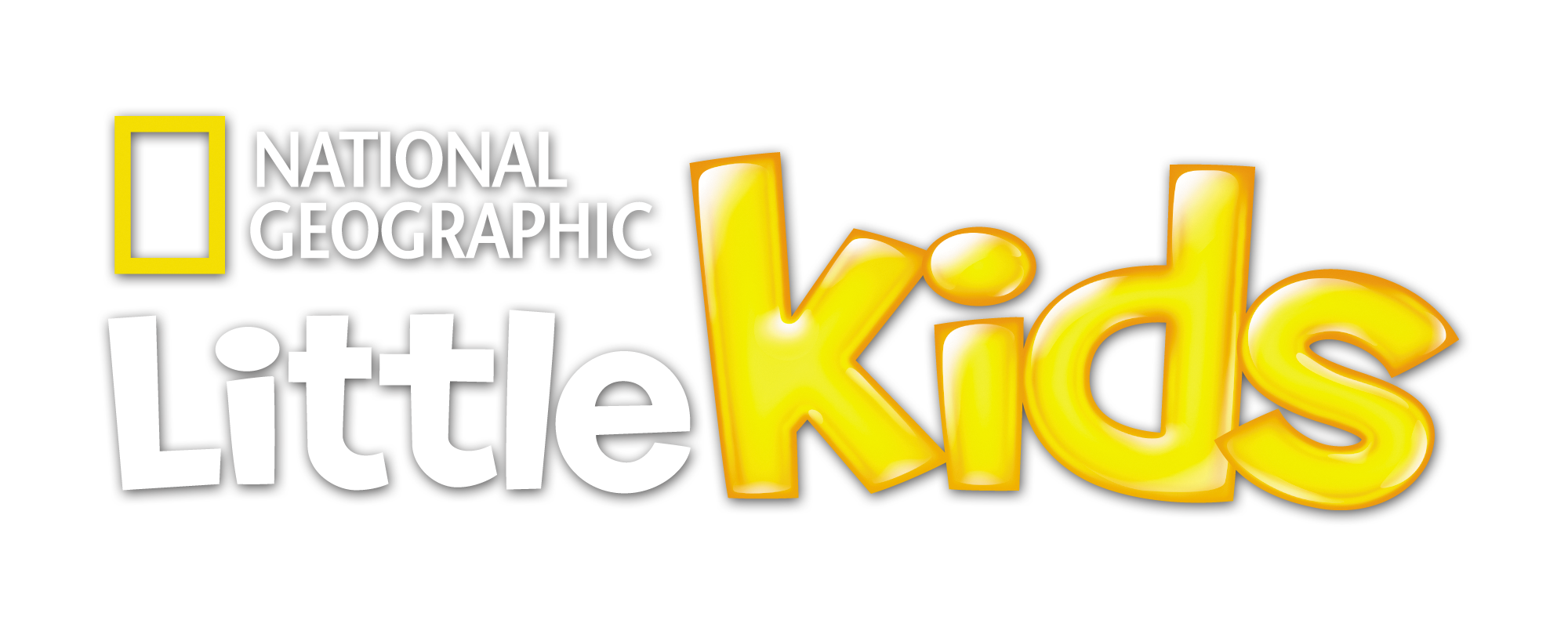Fossil hunting: a quick guide
We go fossil hunting on the Isle of Wight!
Fossil hunting has been taking place on the Isle of Wight since the 1850s. That’s because the Isle of Wight is simply the best place in the UK to discover real dinosaur remains. In fact, it’s even been lovingly labelled ‘Dinosaur Island‘!
The Isle of Wight’s beaches are littered with countless fossils from the Lower Cretaceous period. A fossil hunting visit to the island is like peering 125 million years back into the past, to a time when giant dinosaurs roamed the Earth. Roooar-some!
What makes the Isle of Wight special for fossil hunting?
The Isle of Wight wasn’t always where it is today. 125 million years ago, the Earth looked very different, and the island was much further south – at roughly the latitude of North Africa. Because of this, temperatures on the island were much warmer and it formed part of a subtropical river valley complex. A diverse range of creatures like crocodiles, fish, reptiles and mammals called this swampy and leafy land their home!
In fact, the island is bursting with so many fab fossils that in 2009, a five-year-old girl named Daisy Morris discovered a brand new species of pterosaur (a type of flying lizard) from bones sticking out of the sand. Scientists named the winged creature Vectidraco daisymorrisae in honour of her. How cool is that?

We were taken on our fossil hunting mission by palaeontologist Oliver Mattson from Dinosaur Expeditions. Head over to dinosaurexpeditions.co.uk to book your own adventure.
Finding fossils on the Isle of Wight
What do I need?
Clothes – Comfortable clothes and walking shoes are a good idea, as you may need to clamber over some rocks to spot dino footprints. Beaches can be quite exposed to the elements. Therefore, make sure to pack sunscreen and a cap to protect yourself the sun, and a lightweight jacket that’ll keep you warm if the temperature suddenly drops.
Kit – Keep kit to a minimum! Try to avoid using things like chisels and picks. While amateur fossil hunters will sometimes hammer away at rocks, they can unknowingly cause damage to dinosaur fossils. Additionally, chipping away at the bottom of cliffs could put you in danger of rock falls. It’s also illegal to dig fossils out of the cliffs without the landowner’s permission, so avoid taking a shovel.
What do I look for?
Fossilised wood – Keep an eye out for the charred remains of ancient trees. These look like black lumps of coal. These often appear to be laced with gold, but this is actually from a similar looking mineral called iron pyrites.
Fossilised shells – The ancient Isle of Wight was covered in swamps, rivers and ponds. Along the beach, you’ll spot the fossilised remains of many water-dwelling creatures that lived during this time embedded in the clay or rock. You might find sea urchins, mussels, oysters, ammonites, corals, sponges, and more!
Dinosaur bones – Often dinosaur bones tumble out of the cliffs, into the sea and eventually wash up on the beach. Usually black or brown in colour, the best way to spot them is the look for a honeycomb structure. This is where the bone marrow has been filled with minerals over time.
What do I do if I find a fossil?
If you find a small fossil on the beach, feel free to pick it up and take it away! However, larger fossils shouldn’t be moved from their location, as they may get damaged. If you feel like you you’ve found something important, get in touch with Dinosaur Expeditions Centre, the Island’s fossil museum. They will be able to advise you on your find!
Which dinosaur fossils might I spot?
Over 20 different types of dinosaur have been found on the Isle of Wight. Here are three of our favourites!
Iguanodon
The distinct footprints of this huge herbivore are easy to spot on beaches of the Isle of Wight. In fact, the iguanodon stood at around 10 metres tall and weighed about the same as an African elephant! These big plant-munching dinosaurs mostly moved around on all fours but could run on two legs when needed.

Iguanodons and one of their footprints we found on the Isle of Wight.
Polacanthus
The polacanthus was a bit like an armoured sheep! The plant-chomping dinosaur was very distinct-looking, with scary looking spikes running down its back to help protect it from predators. In fact, its name literally means ‘many spines’.

A polacanthus and one of their vertebrae bones we found on the Isle of Wight
Baryonyx
The Baryonyx would have been a fearsome looking meat eater, especially as it had a head that looked a little bit like a crocodile. However, the Baryonyx would likely have crouched on river banks hooking fish with its enormous 30cm-long claws.
A baryonyx
Want to learn more about dinosaurs? Click here to meet some mighty beasts from the Earth’s prehistoric past
All the illustrations on this page were created by palaeoartist Mark Witton. Check out some of his other work at markwitton.com
We stayed at Tom’s Eco Lodge at Tapnell Farm. Thinking of heading to the Isle of Wight yourself? Find out more about fossil hunting on the Island at redfunnel.co.uk/en/isle-of-wight-guide/dinosaur-hunting-guide/.
More Like Prehistoric Animals

Dinosaur Interview with Steve Brusatte!

Meet Some Deadly Dinos!

Yuval Noah Harari Interview!












LEAVE A COMMENT
THANK YOU
Your comment will be checked and approved shortly.
WELL DONE,
YOUR COMMENT
HAS BEEN ADDED!
COMMENTS
I loved it
So ooooooooooooooooooooooooooooooooooooooooooooooooooooooooooooooooooooooooooo coooooooooooooooooooooooooooooooooooooooooooooooooooooooooooooooooooooooooooollllllllllllllllllllllllllll!!!!!!!!!!!!!!!!!!!!!!!!!!!!!!!!!!!!!!!!!!!!!!!!!!!!!!!!!!!
CUSTOMIZE YOUR AVATAR